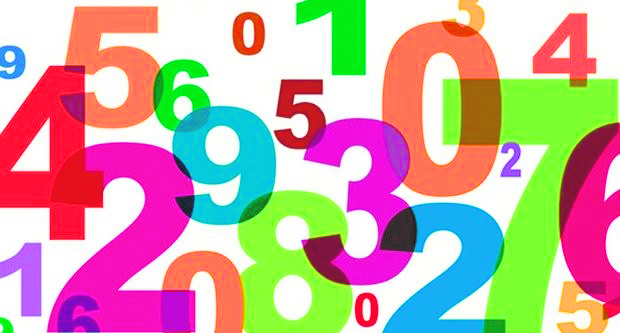
Age is just a number?
A research study has been making big waves of late. A group of scientists have promised the death of death. They claim that very soon, human beings will not die of sickness or disease but will die only because of accident or some violence in nature. Many people were seen dancing in the aisles on being given the gift of immortality by research into the telomeres in the human system. It seems that the research study holds the telomeres responsible for human aging and subsequent death, so promises to reverse their degeneration.
Sounds wonderful and exciting. The myth of Yayati comes to mind at this time. In simple terms, it is the story of a king who is cursed to old age for his moral transgressions. He takes the gift of youth from his dutiful son and begins to enjoy a young existence. But the whole situation has far-reaching implications for his family and kingdom. The myth contains debates on aging, life, filial duty and family relationships in the context of youth and old age. It establishes the fact that growing old is not just a surface phenomenon, it has many dimensions and layers that the human mind is not aware of in one life. This story clearly conveys the message that every human faces at some time or the other- age is not just a number!
Growing old is a process of such complexity and deep implication that affects not just the body but the entire being of a person. It would be simplistic to think that a bottle of hair color or a session on the operation table can maintain ephemeral youth. The passage of years brings much more than just the physical changes of time. Experience of life leaves its mark on everyone – things that cannot be summed up in a few words. Every joy transforms the human mind and every sorrow imprints the being. The existential dilemma of ‘to be or not to be’ becomes quite a large question by the time one has put in some notches on the belt of years.
Observing the reaction of people to aging has been the subject of full-time research. Even if a person is not an expert, it is difficult to ignore the multiple ways in which human beings try to deal with aging. Indian society is steeped in the philosophy of the Ashrams at each stage of life. Many Indians express the opinion that active life is over once the Brahmacharya (student) and Grihastha (householder) stages have been crossed. The Vanaprastha (forest dweller) and Sanyasa (renunciation) stages are exactly what their labels mean. Changes over time and modifications in lifestyle have diluted the boundaries of these stages. Many youngsters mindfully choose the Sanyasi stage mid-life to sort their thoughts. How can a householder embrace Vanaprastha if the responsibility of setting up the household of children has not been discharged?
Endless writing on aging provides all kinds of advice ranging from respecting age in ourself and others and not giving cognizance to the passing years, to living it up, any stage or age. George Burns wrote, “You can’t help getting older, but you don’t have to get old.” Two aspects of the situation stand out- prepare for aging all your life by cultivating the traits of mental resilience and detachment.
“Old age is like everything else. To make a success of it, you’ve got to start young.” Theodore Roosevelt. Kicking off? The author is the Professor of department of English & Cultural Studies at Panjab University, Chandigarh.
